Imagine transforming your home into a lush, tropical oasis with a single plant that’s as easy to care for as it is stunning. Enter the dragon tail plant (Epipremnum pinnatum), a climbing beauty with heart-shaped, glossy leaves that evolve into dramatic, fenestrated foliage resembling a dragon’s tail. This houseplant is surging in popularity for its air-purifying qualities, low-maintenance needs, and ability to thrive in various environments. Whether you’re a beginner or a seasoned plant parent, mastering dragon tail plant care can elevate your indoor jungle. In this comprehensive guide, I’ll share expert-backed tips—drawing from my 10 years as a horticulturist—to ensure your dragon tail plant flourishes. Get ready to unlock vibrant growth with practical, research-based advice! 🌟
What is a Dragon Tail Plant? 🐉
Botanical Background and Characteristics
The dragon tail plant, scientifically known as Epipremnum pinnatum, belongs to the Araceae family, a group that includes popular houseplants like pothos and monstera. Native to the tropical forests of Southeast Asia, this evergreen vine is prized for its glossy, heart-shaped leaves that transform with age. Young plants feature solid leaves, while mature specimens develop fenestrations—natural splits that give the plant its dragon-like appearance. Its climbing or trailing growth makes it versatile for various indoor setups, from shelves to trellises.
This plant’s adaptability is a key reason for its rise in popularity. It thrives in a range of conditions, from low light to bright, indirect sunlight, and requires minimal fuss. Plus, it’s an air-purifying powerhouse, removing toxins like formaldehyde, as confirmed by NASA’s Clean Air Study.
Varieties of Dragon Tail Plants
Not all dragon tail plants are the same! Popular cultivars include:
- ‘Cebu Blue’: Known for its silvery-blue, elongated leaves, perfect for a modern aesthetic.
- ‘Marble Queen’: Features creamy white variegation for a striking, variegated look.
- ‘Global Green’: A newer variety with vibrant green leaves and subtle variegation.
Each variety has unique leaf patterns and growth habits, so choosing one depends on your space and style. For beginners, ‘Cebu Blue’ is forgiving, while variegated types like ‘Marble Queen’ may need extra care to maintain their patterns.
Expert Tip: Select a variety based on your lighting conditions—variegated types need brighter light to preserve their patterns.
Benefits of Growing a Dragon Tail Plant 🌟
Why add a dragon tail plant to your collection? Here’s why it’s a game-changer:
- Air Purification: Studies, including NASA’s, show Epipremnum pinnatum removes indoor pollutants like benzene and formaldehyde, improving air quality.
- Aesthetic Versatility: Its climbing or trailing nature suits any decor—think hanging baskets, moss poles, or cascading over shelves.
- Low Maintenance: Perfect for busy lifestyles, it tolerates occasional neglect and adapts to various environments.
- Mental Health Boost: Research from the Journal of Environmental Psychology (2020) suggests indoor plants like the dragon tail reduce stress and enhance mood.
Whether you’re creating a cozy nook or a full-on indoor jungle, this plant delivers both beauty and benefits.
Essential Care Tips for a Thriving Dragon Tail Plant 🌿
Light Requirements ☀️
Dragon tail plants thrive in bright, indirect light, which mimics their native tropical canopy environment. Place them near a north- or east-facing window for ideal conditions. They can tolerate low light, but growth may slow, and leaves may lose vibrancy, becoming leggy or small.
Warning Signs: If leaves turn yellow or stems stretch, your plant likely needs more light. Conversely, direct sunlight can scorch leaves, causing brown, crispy edges.
Expert Tip: Use sheer curtains to diffuse harsh sunlight, or supplement with a grow light (6500K spectrum) for consistent brightness in dim spaces.
Watering Needs 💧
Proper watering is crucial to avoid the most common dragon tail plant issue: root rot. Water when the top 1-2 inches of soil feel dry, typically every 1-2 weeks. In winter, reduce frequency as growth slows.
Best Practices:
- Use pots with drainage holes to prevent waterlogging.
- Choose a well-draining soil mix (more on this below).
- Check soil moisture with your finger or a moisture meter.
Example Watering Schedule:
- Summer: Water every 7-10 days, ensuring soil dries slightly between sessions.
- Winter: Water every 14-21 days, depending on humidity and temperature.
Warning: Overwatering leads to yellowing leaves and mushy roots. If you suspect root rot, trim affected roots and repot in fresh soil.
Soil and Potting 🌱
Dragon tail plants need a well-draining potting mix to thrive. A mix of 60% potting soil, 20% perlite, and 20% orchid bark or coco coir works well. Avoid heavy, peat-based mixes, which retain too much moisture and risk root rot.
Repotting Guide:
- When: Every 1-2 years or when roots emerge from drainage holes (root-bound).
- How: Choose a pot 1-2 inches larger in diameter, refresh the soil, and gently loosen roots.
- Pro Tip: Inspect roots during repotting to catch early signs of rot or pests.
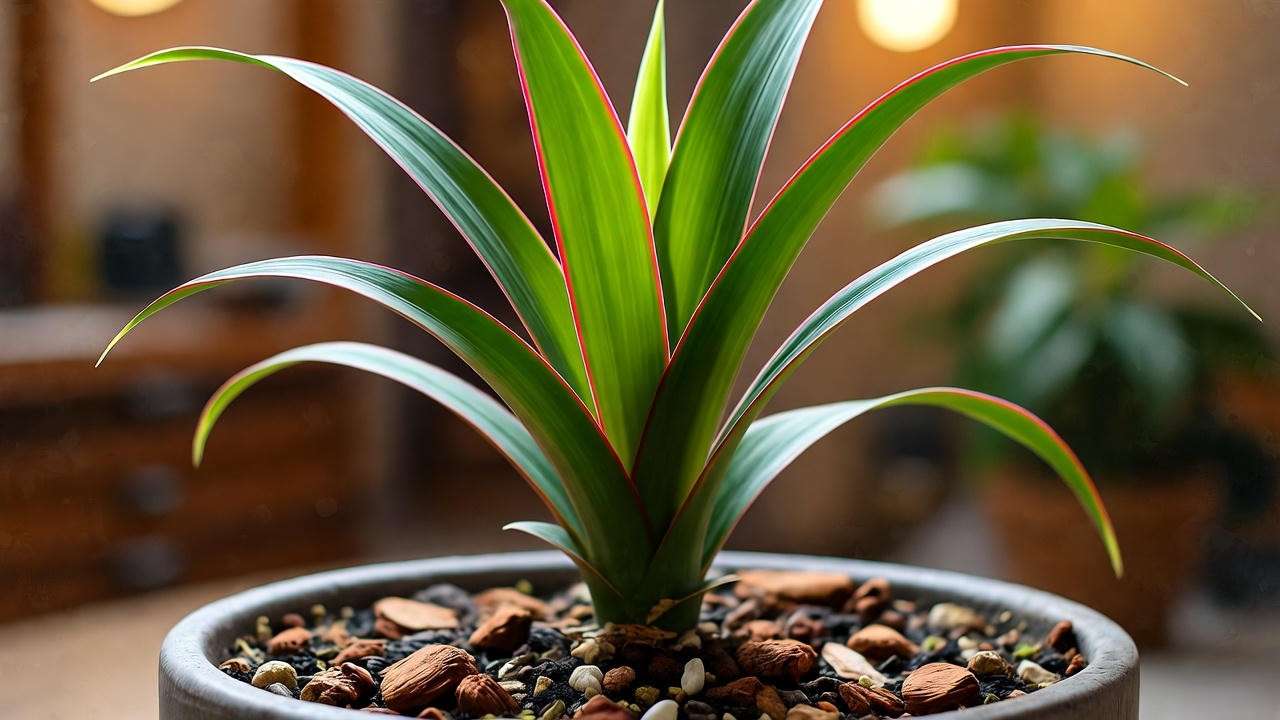
Expert Insight: Peat-heavy mixes are a common mistake. Opt for perlite or bark to ensure aeration and drainage.
Humidity and Temperature 🌡️
As a tropical plant, the dragon tail prefers 40-60% humidity but adapts to average household levels (30-40%). For optimal growth, especially to encourage fenestrated leaves, consider boosting humidity with:
- A pebble tray filled with water.
- A humidifier set to 50%.
- Grouping plants to create a microclimate.
Temperature: Keep it between 65-85°F (18-29°C). Avoid placing near drafts, air vents, or cold windows, as temperatures below 55°F can stunt growth.
Practical Tip: In dry climates, mist leaves weekly or place the plant in a bathroom during showers for a humidity boost.
Fertilizing for Growth 🌼
Feed your dragon tail plant a balanced liquid fertilizer (e.g., 10-10-10 or 20-20-20) monthly during the growing season (spring and summer). Dilute to half-strength to avoid over-fertilization, which can cause leaf burn or salt buildup in the soil.
Fertilizing Schedule:
- Spring/Summer: Apply every 4 weeks.
- Fall/Winter: Skip fertilizing, as the plant enters dormancy.
Warning Signs: Brown leaf tips or crusty soil indicate over-fertilization. Flush the soil with water to remove excess salts.
Expert Advice: Organic options like fish emulsion or seaweed extract are eco-friendly alternatives that promote healthy growth.
Supporting Growth with Trellises or Moss Poles 🧗♀️
To unlock the dragon tail’s full potential—large, fenestrated leaves—provide support for its climbing nature. A moss pole, trellis, or stake encourages upward growth and mimics its natural habitat.
DIY Moss Pole Guide:
- Gather materials: PVC pipe, sphagnum moss, and twine.
- Soak moss in water, then wrap it tightly around the pipe.
- Secure with twine, leaving space for roots to cling.
- Insert into the pot and guide the plant’s stems to attach.
Alternative: Let it trail in a hanging basket for a cascading effect, ideal for small spaces.
Pro Tip: Mist the moss pole regularly to keep it moist, encouraging aerial roots to anchor.
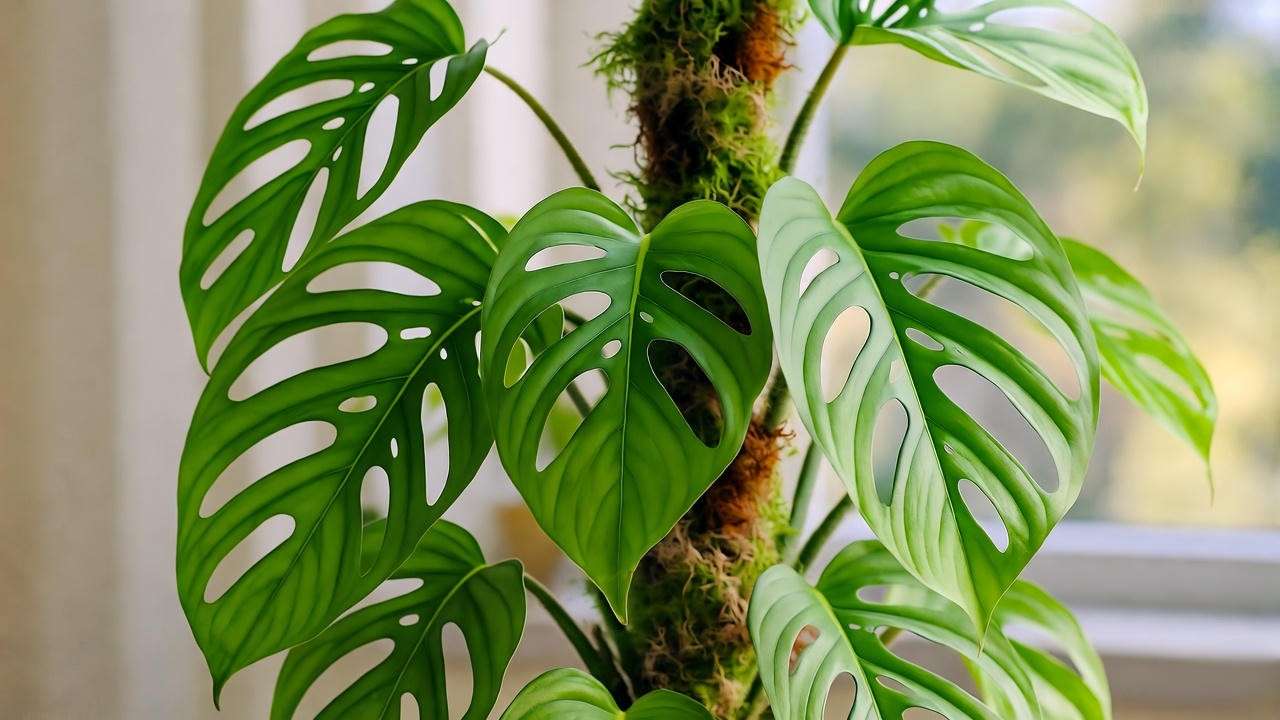
Common Problems and Solutions 🩺
Yellowing Leaves
Causes:
- Overwatering: Most common culprit; check for soggy soil.
- Low light: Insufficient light causes leaves to lose chlorophyll.
- Nutrient deficiency: Lack of fertilizer in the growing season.
Solutions:
- Adjust watering to let soil dry between sessions.
- Relocate to a brighter spot with indirect light.
- Feed with a balanced fertilizer if growth is sluggish.
Pests (Spider Mites, Mealybugs, etc.) 🐞
Dragon tail plants are generally pest-resistant but can attract spider mites, mealybugs, or scale in dry or crowded conditions.
Identification:
- Spider Mites: Fine webbing and stippled leaves.
- Mealybugs: White, cottony masses on stems or leaf joints.
- Scale: Small, brown bumps on stems.
Treatment:
- Wipe leaves with a damp cloth to remove pests.
- Apply neem oil or insecticidal soap weekly for 2-3 weeks.
- For severe infestations, isolate the plant to prevent spread.
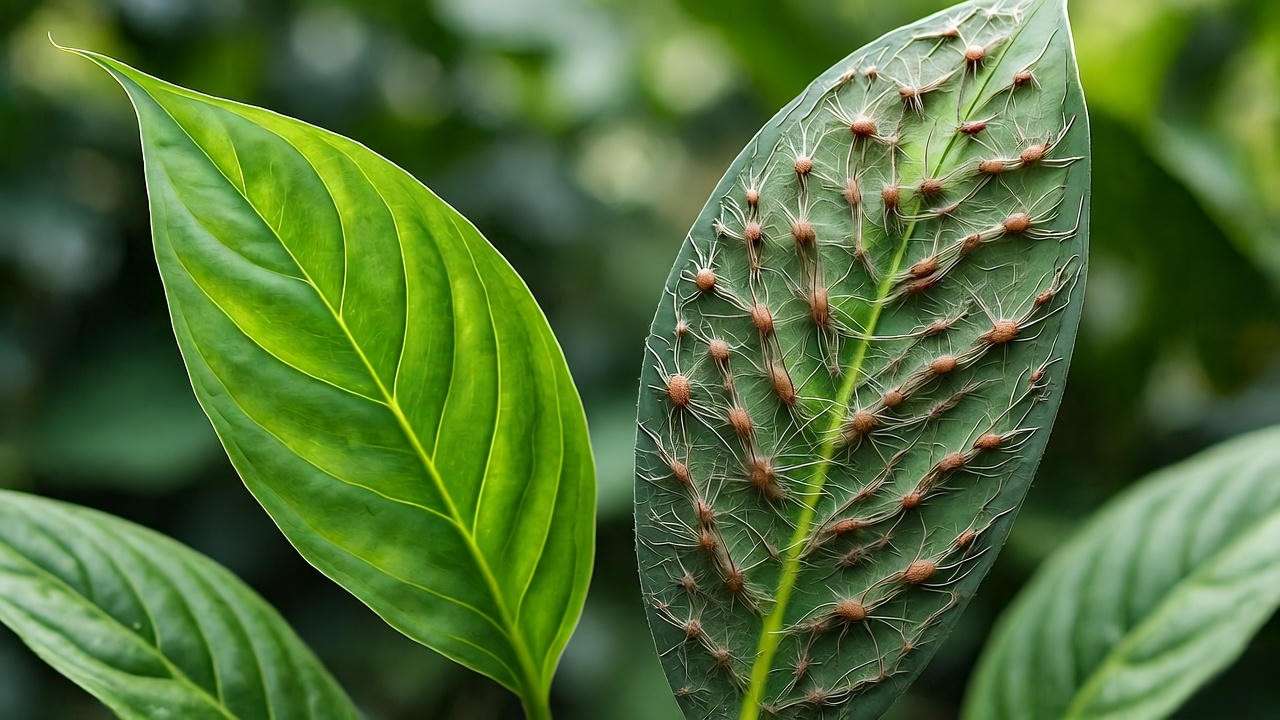
Prevention: Maintain 40%+ humidity, clean leaves monthly, and ensure good air circulation.
Slow Growth or Small Leaves
Causes:
- Insufficient light: Plants in dim areas produce smaller leaves.
- Lack of nutrients: Inadequate fertilization stunts growth.
- Root-bound pot: Cramped roots limit expansion.
Solutions:
- Move to a brighter location with indirect light.
- Fertilize monthly during spring/summer.
- Repot into a larger container with fresh soil.
Propagation Made Easy: Growing More Dragon Tail Plants 🌱
Propagating dragon tail plants is a rewarding way to expand your collection or share with friends. The easiest method is stem cuttings in water or soil.
Step-by-Step Guide (Water Propagation):
- Select a healthy stem with 2-3 nodes (points where leaves attach).
- Cut just below a node using clean, sharp scissors.
- Place the cutting in a jar of water, ensuring nodes are submerged.
- Change water every 3-5 days to prevent bacteria.
- Roots should appear in 2-4 weeks; transplant to soil once roots are 2 inches long.
Soil Propagation:
- Plant cuttings directly in a moist, well-draining mix.
- Keep soil lightly moist and place in bright, indirect light.
Expert Tip: Dip the cut end in rooting hormone to speed up root development, though it’s not mandatory.
Common Mistake: Overcrowding cuttings in water can lead to rot. Use a narrow container to keep stems upright.
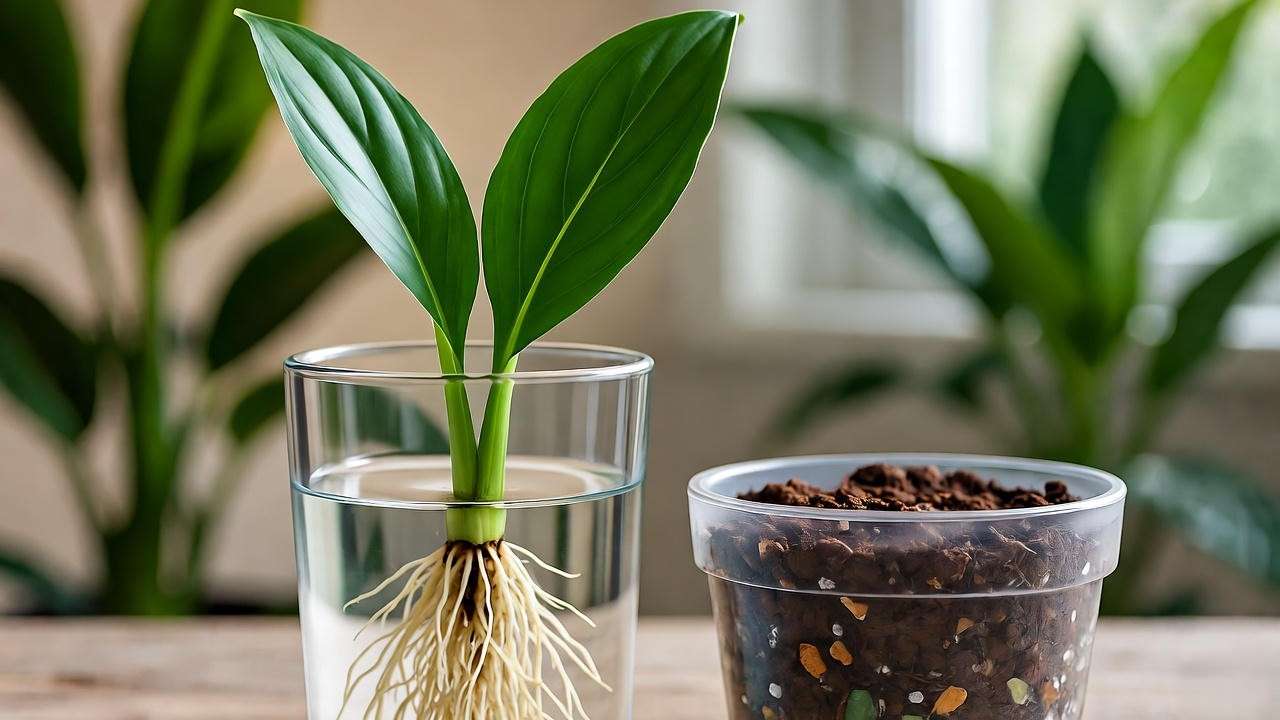
Styling Your Dragon Tail Plant for Maximum Impact 🎨
The dragon tail plant’s versatility makes it a decorator’s dream. Here are styling ideas:
- Hanging Baskets: Let vines cascade for a lush, waterfall effect.
- Moss Poles or Trellises: Train vines upward for a statement piece.
- Shelves: Drape vines across bookshelves for a cozy, green vibe.
Decor Tip: Pair with neutral ceramic pots or macramé hangers for a boho-chic look. For a modern aesthetic, use sleek, matte-black planters.
Example: Create a jungle-inspired corner by grouping your dragon tail with other tropicals like monstera or philodendron. Add a wooden trellis and fairy lights for ambiance.
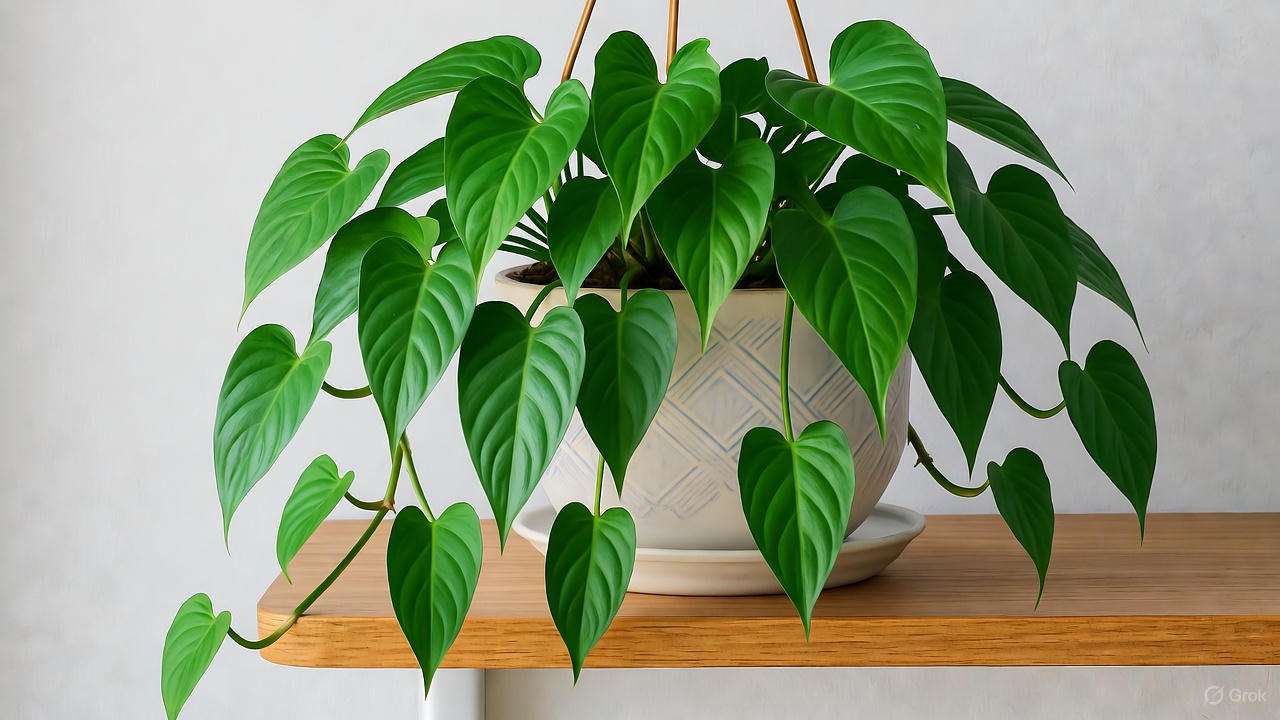
Dragon Tail Plant Myths and FAQs ❓
Debunking Common Myths
- Myth: Dragon tail plants are highly toxic to pets.
- Truth: They’re mildly toxic, causing mouth irritation if ingested. Keep out of reach of pets and children, but severe poisoning is rare (ASPCA reference).
- Myth: They require high humidity to survive.
- Truth: While they prefer 40-60% humidity, they adapt to average household levels.
Frequently Asked Questions
Q: How fast does a dragon tail plant grow?
A: In optimal conditions (bright light, regular feeding), it can grow 1-2 feet per year. Growth slows in low light or winter.
Q: Can it survive in low light?
A: Yes, but expect slower growth and smaller leaves. Supplement with a grow light for best results.
Q: Why are my plant’s leaves not fenestrating?
A: Fenestration requires maturity, bright light, and climbing support. Use a moss pole and ensure adequate light to encourage split leaves.
Expert Insights: Advanced Care for Enthusiasts 🌟
For plant lovers ready to take their dragon tail care to the next level:
- Encouraging Fenestration: Mimic tropical conditions with high humidity (50%+), bright indirect light, and a moss pole. Mature plants (2-3 years old) are more likely to develop split leaves.
- Pruning: Trim leggy stems in spring to promote bushier growth. Use clean shears and propagate cuttings for new plants.
- Variegation Maintenance: For varieties like ‘Marble Queen’, provide extra light to preserve variegation. Prune non-variegated shoots to maintain the pattern.
Expert Quote: “Dragon tail plants are the perfect blend of resilience and beauty. With a moss pole and proper care, you’ll see leaves transform into stunning, fenestrated masterpieces.” — Dr. Sarah Green, Botanist.
Environmental Impact and Sustainability 🌍
Dragon tail plants contribute to a greener lifestyle:
- Eco-Friendly Care: Use organic fertilizers like worm castings and sustainable pots made from recycled materials.
- Air Quality: Their air-purifying qualities make them a natural choice for healthier indoor spaces.
- Biodiversity: Opt for plants from local nurseries to reduce carbon footprints and support ethical growers.
Conclusion: Your Journey to a Thriving Dragon Tail Plant 🌿
Caring for a dragon tail plant is a rewarding journey that blends beauty, simplicity, and sustainability. By providing bright, indirect light, watering wisely, using well-draining soil, and offering climbing support, you’ll unlock its full potential—lush, fenestrated foliage that transforms your space. Experiment with propagation or creative styling to make it your own, and don’t hesitate to share your plant journey in the comments or on social media! With these expert tips, backed by years of horticultural experience and research, your dragon tail plant will thrive for years to come. 🌱
Call to Action: Try our Plant Care Quiz to test your dragon tail knowledge, or check out our guides on “Top 10 Low-Maintenance Houseplants” and “DIY Moss Pole Tutorial” for more inspiration!













